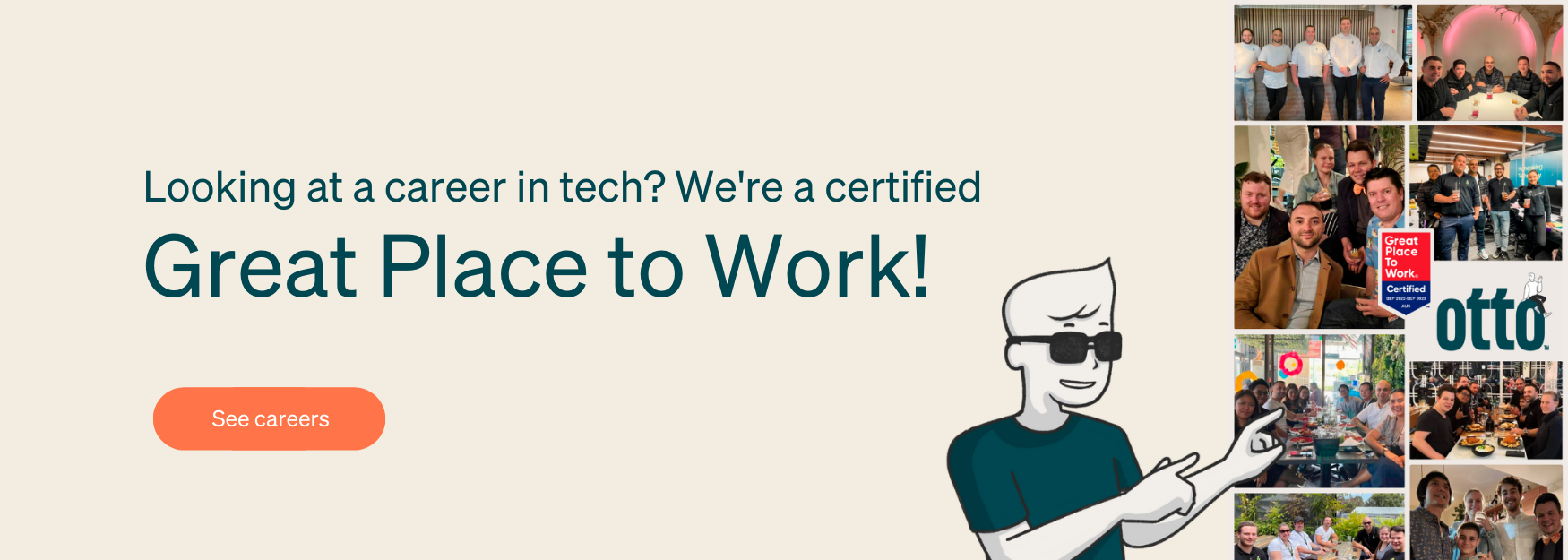The success of any organisation depends on attracting and retaining top talent. To achieve this, it’s crucial to develop a compelling employee value proposition (EVP) that goes beyond monetary compensation. In this article, we will explore seven strategies to create an EVP that is hard to resist, while also highlighting how outsourcing IT to an ISO certified MSP can help fill tech talent gaps and provide affordable solutions for small businesses.
Prioritise a healthy, open, and exciting culture
Cultural plays a significant role in employee satisfaction and performance, keeping in mind that your culture should also be open and welcoming to people from all backgrounds. Start by thinking about what your company culture really values – innovative thinking, enthusiasm, creativity, drive, engagement between all groups, etc. Prioritising cultural alignment during the hiring process and fostering an engaging and welcoming environment will attract the right candidates who align with your company values.

Develop a top-tier onboarding process
A well-structured onboarding process sets the tone for an employee’s journey. By providing comprehensive training, resources,mentorships, and support throughout their first year, you demonstrate your commitment to their success and integration into the company culture.
Make employees feel valued with recognition
Recognising and appreciating employees’ contributions is crucial for their engagement and motivation. Implementing a robust employee recognition program that includes tangible rewards and social recognition fosters a sense of value and enhances the overall employee experience. Remember, while financial rewards are valuable, it’s also important to give acknowledgement in other ways at the same time – a one-on-one thank-you, positive feedback in meetings, gift cards and fun gifts, time off, investing in their career or training, and more.

Prioritise and monitor employee engagement
Prioritising and monitoring employee engagement is essential for creating a thriving and committed workforce. Engaged employees are not only more productive but also more likely to stay with the organisation long-term. To foster engagement, it is crucial to provide employees with opportunities for professional development and growth. This can include training programs, mentoring initiatives, and career advancement pathways that enable employees to enhance their skills and progress in their careers.
To gain insights into the drivers of engagement within your organisation, it is beneficial to leverage employee engagement platforms. These platforms can help collect and analyse data on employee feedback, sentiment, and satisfaction, allowing you to identify areas of improvement and address any concerns or challenges that may be affecting engagement levels. By actively monitoring and addressing employee engagement, you can create a workplace culture that motivates and inspires your workforce, leading to increased productivity and higher employee retention rates.
Incentivise with a great total rewards package
Incentivising employees with a great total rewards package is a key strategy for attracting and retaining top talent. Beyond competitive financial compensation, a well-structured total rewards package should include attractive benefits and support for work-life balance. This could encompass flexible working hours, remote work options, comprehensive health and wellness programs, retirement plans, and opportunities for professional development. By tailoring the rewards package to align with employee preferences, businesses can demonstrate their commitment to meeting the diverse needs of their workforce, thereby maximising the impact on employee satisfaction and motivation.
A comprehensive total rewards package not only serves as a powerful recruitment tool but also fosters a sense of appreciation and loyalty among existing employees. It showcases the organisation’s dedication to creating a positive work environment where employees feel valued, supported, and rewarded for their contributions.
Make sure they have the right tech to do their best work
Today’s employees are very tech-focussed and whether they are in hybrid or on-site roles, they want to know that the company they’re working for has the right tech they need to deliver great work. Outsourcing to an ISO certified Managed Service Provider (MSP) can be a game-changer for small businesses facing tech talent gaps.
By partnering with an MSP, organisations gain access to a diverse team of specialists proficient in various areas, including tech support, cybersecurity, IT strategy, and even CIO level support. With access to top-notch technology and comprehensive technical support, employees can focus on their core tasks, knowing that their IT needs are in capable hands. This not only enhances productivity but also contributes to a positive work environment, where employees can thrive.
Foster a sense of belonging and inclusion
Creating a culture of belonging and inclusion is essential for employee satisfaction and retention. Encourage open communication, involve employees in community-building initiatives, and prioritise diversity, equity, and inclusion (DEI) efforts to create an environment where everyone feels accepted and valued.
For example, at Otto, we have a comprehensive employee wellness plan that’s not just about supporting people while they work. We’ve included time off for employee to volunteer at causes close to their heart and participate in meaningful events. Just last month, we participated in NAIDOC Week events with MOSS, ensuring employees and the company as a whole are given time to share in our values with this important celebration of Aboriginal and Torres Strait Islander cultures, history, and achievements.
Follow through on initiatives with meaningful action
Consistency is key. Ensure that initiatives such as recognition programs, cultural improvements, and employee feedback are backed by tangible action. Educate leaders on the importance of these programs, remove any roadblocks, and leverage software solutions to empower employees at all levels.
Developing an irresistible employee value proposition goes beyond monetary rewards. By prioritising culture, investing in onboarding, recognising employee contributions, fostering engagement, offering competitive rewards, promoting inclusion, and following through on initiatives, your small business can attract and retain top talent. Additionally, partnering with an ISO certified MSP can provide affordable solutions and fill tech talent gaps, ensuring your business remains secure and efficient. Together, these strategies create a compelling EVP that will set your organisation apart and make it a preferred destination for talented professionals.
Otto IT, our ISO27001 certified MSP in Melbourne is the ultimate partner to provide the tech and IT support your small business needs for a phenomenal Employee Value Proposition (EVP)!
With our team of specialists, we offer comprehensive IT outsourcing solutions that ensure a secure and efficient environment, empowering your employees to thrive. From top-notch tech support and cybersecurity to strategic IT planning and CIO level support, we’ve got you covered. By leveraging our expertise, your small business can create an EVP that attracts and retains top talent, fostering a culture of success, innovation, and growth – all with affordable IT outsourcing.
Together, let’s build an EVP that sets your business apart and propels it towards remarkable achievements!




